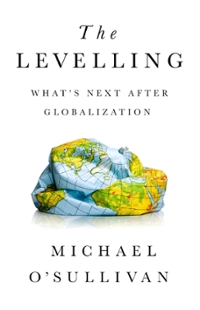Question
Fewer than one in four women of child-bearing age in Shanghai is willing to have a second baby, exposing another threat to a Chinese economy
Fewer than one in four women of child-bearing age in Shanghai is willing to have a second baby, exposing another threat to a Chinese economy that is already growing at its slowest pace in 29 years.
On Friday, the National Bureau of Statistics announced that China's economy in 2019 grew at its lowest rate since 1990 and that the country's birth rate fell to a record low. While gross domestic product grew 6.1 per cent last year, China's birth rate dropped to 1.05 per cent.
In Shanghai, one of China's most important cities, the damaging effect of the one-child policy on the world's second-largest economy is particularly acute.
Weng Wenlei, vice-president of the Shanghai Women's Federation, a government body, said birth rates in Shanghai had plunged despite efforts to relax China's population control. She said births in the city had fallen "swiftly" following a brief recovery in 2016, when China began allowing couples to have two children. "This suggests [the two-child policy] has failed to serve its intended purpose," said Ms. Weng. "Consistently low birth rate will have a negative impact on Shanghai's social and economic development."
(Passage has been partially extracted from FT news website. Article dated 20th January 2020. Source: https://www.ft.com/content/a245eef4-3a5e-11ea-a01a-bae547046735)
a) Using AD-AS diagram(s), explain the impacts of the scenario featured in the article on China's economic growth and trade. Do consider impacts from both angles, aggregate demand, and aggregate supply. (10 marks)
Step by Step Solution
There are 3 Steps involved in it
Step: 1

Get Instant Access to Expert-Tailored Solutions
See step-by-step solutions with expert insights and AI powered tools for academic success
Step: 2

Step: 3

Ace Your Homework with AI
Get the answers you need in no time with our AI-driven, step-by-step assistance
Get Started


